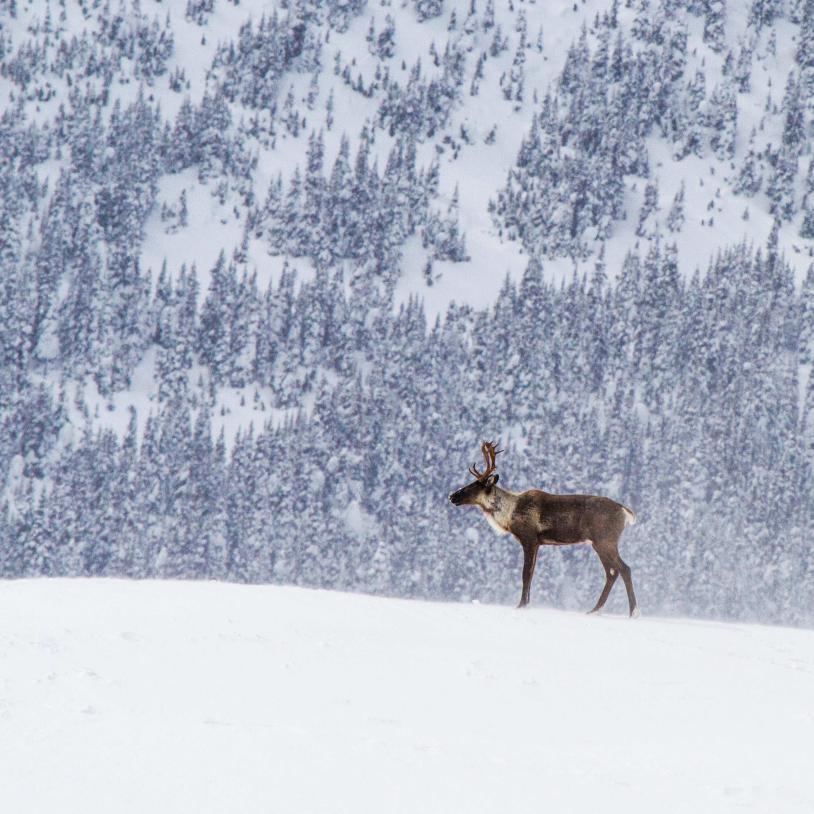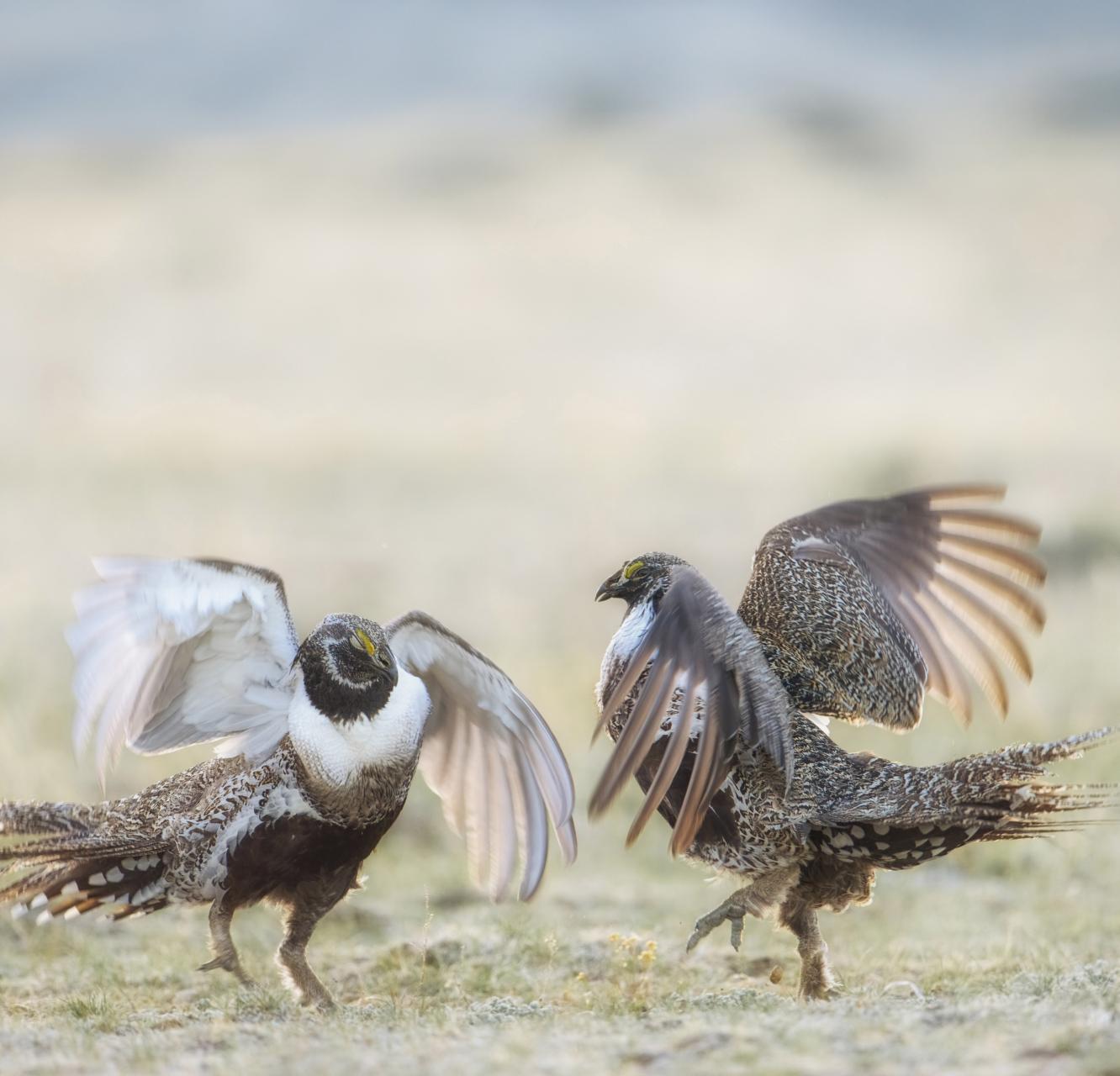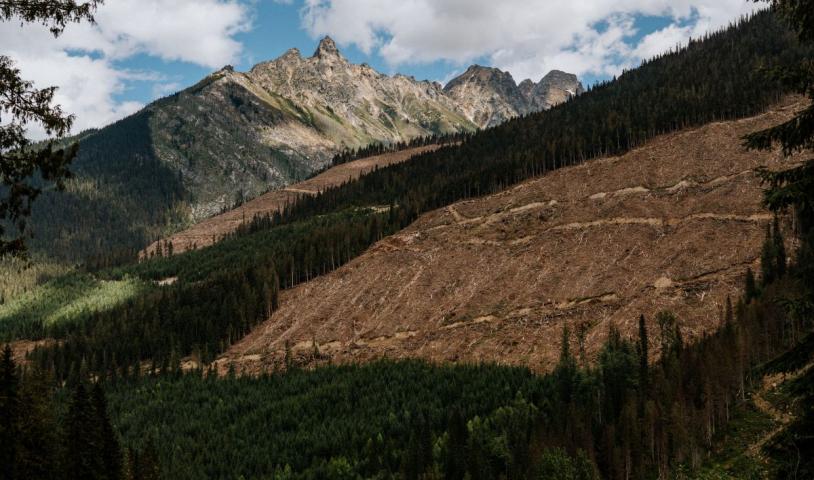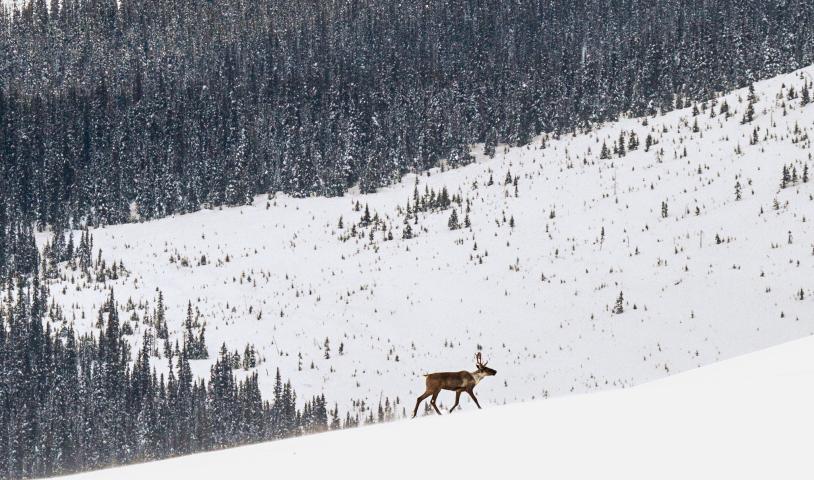To quote Daft Punk, federal Species at Risk Act must be harder, better, faster, stronger
Friday, February 9, 2018
Biodiversity loss in Canada is like a fast-sinking ship and we're using a Dixie Cup to bail water out, in a futile attempt to stay afloat. That Dixie Cup is called the federal Species at Risk Act (SARA).
It's not completely useless. Despite the slow and inefficient process, every once in a while the law helps keep a species' head above water. But with more species facing extinction every day, we need a law that is harder, better, faster, and stronger.
The science is in on Canadian wildlife and a majority of species are on their way out. A study reported nearly half of Canadian wildlife species are experiencing population crashes. In the midst of this extinction crisis, our federal policy tool made to reverse extinction trends is gathering dust.
In 2002 the federal SARA was created with the goal of protecting species facing extinction. With a law in place to protect species at risk, how is it possible that wildlife is experiencing the worst extinction trend ever?
The previous Harper government took advantage of ambiguous wording in the SARA in order to ignore necessary actions to save species. Out of 82 species found to be at risk, it made decisions about zero of these species between 2011 and 2015. This utter lack of action has had catastrophic impacts.
Since then, the legal bite of the species-at-risk law is lacking. This has allowed industries and elected officials to carry on with business as usual, while species populations spiral downwards and habitat destruction spreads.
If we’re to save Canada’s threatened wildlife, elected officials must start obeying the terms in the SARA.
In Canada, we have a committee of wildlife experts who use science to determine if a species is at risk. These experts make up the Committee on the Status of Endangered Wildlife in Canada (COSEWIC). They recommend to the minister of environment and climate change which species should be added to the federal species at risk list and become protected under the SARA.
Technically, the minister of environment and climate change has nine months to decide whether or not to accept their expert recommendation and legally protect a species. But ambiguity in the law and weak enforcement results in species never being added to the list.
As a result, 26 percent of all species found to be at risk never receive legal protection under the SARA, including protection from being killed. Marine fish species are the worst off. Almost 80 percent of marine fish that are at risk don’t receive protection from being killed or having their habitat destroyed.
Some animals were found to be at risk as early as 2003 and still are without any legal protection, like the Cultus Lake sockeye salmon population. Other species at risk whose files have been sitting on the back burner include the beluga whale, southern mountain caribou, rainbow trout, killer whale, grizzly bear, and the western bumblebee.
Even species that actually make it onto the federal list have a slim chance of getting an action plan. Action plans set out rules on which activities will be used to save the species. In theory, action plans are required for every species listed under the federal species at risk list.
Shockingly, in British Columbia, only nine per cent of endangered species and seven per cent of threatened species have received individual action plans in 16 years. Provinces are notorious for dragging their feet and missing deadlines for creating these plans.
When this happens, the federal government is responsible for stepping in and demanding provinces comply with the law. But more often than not, the federal government folds like an old lawn chair under pressure from provinces ignoring the law in favour of industrial agendas. The federal government needs to take its own law seriously and begin enforcing the law when needed.
Among the mostly disappointing track record are a couple of success stories, showing that the act is not entirely useless.
The recovery of the greater sage grouse proves that the SARA can be effective. Leading up until 2006 greater sage-grouse populations plummeted by 90 percent.
In 2013 the federal government used an emergency order that protected the habitat of the greater sage-grouse. As a result, in 2014 populations in Saskatchewan increased by 233 percent and by 150 percent in Alberta.
The reason for successful recovery was harder rulings on habitat protection, better recovery methods, faster action, and stronger enforcement of the law. This is proof the federal law to save our species has the potential to be effective.
We’re frantically shovelling water from the sinking ship that is our biodiversity, and in order save this ship, the SARA must be improved. These improvements will allow us to patch these holes and prevent the ship from sinking in the first place.
Read the original article here.
Photo by Joanne Huemoller





